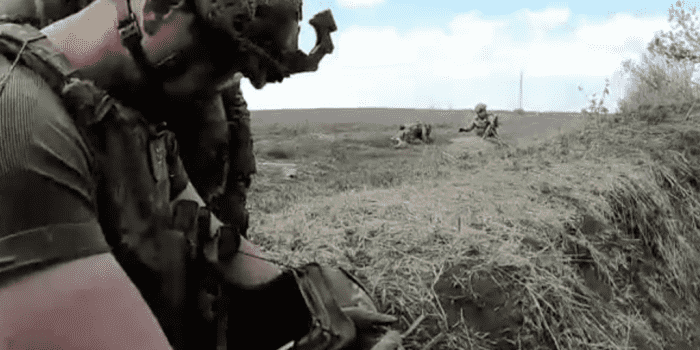Drones are essential components of Ukraine’s military defence against the Russian invasion.
Ukraine has at least twelve Turkish Bayraktar TB2 drones, and rumours say it may have up to thirty-six more. These are the same drones that Azerbaijan successfully utilised against Armenia during the Nagorno-Karabakh conflict in 2020.

The UAVs, Ukraine’s sole armed UAV potential, have a range of up to 300 kilometres, battery life of up to 27 hours, and can carry up to four laser-guided missiles.
Lieutenant Colonel Yuri Ignat, a spokesperson for the Ukrainian Air Force, stated at the outset of the Russian invasion that Ukraine possessed roughly twenty Bayraktar drones. However, Baykar (the drone manufacturer), Turkey, and Ukraine have all refused to reveal the number of drones given to Ukraine so far.
Drones like the Bayraktar TB2, on the other hand, are vulnerable to air defence systems, airstrikes, and electronic warfare since they are slower, huge, low-flying, and radio-controlled; they are relatively simple targets for more modern, layered air defence systems and electronic warfare capabilities.
Russia has yet to establish complete air supremacy over Ukraine, including its drones. Much has been stated concerning the use of drones for military surveillance. Another application for these remotely piloted aircraft is directing mortar strikes towards hostile targets.
The foundation for such an operation is obvious, especially considering the existing functional ability of drones. Now, the cheapest drones come with cameras as standard equipment. Moreover, they contain additional sensors that provide data on altitude, cruise velocity, and GPS locations. Calculating distances from real-time photos is super easy with these functions.



